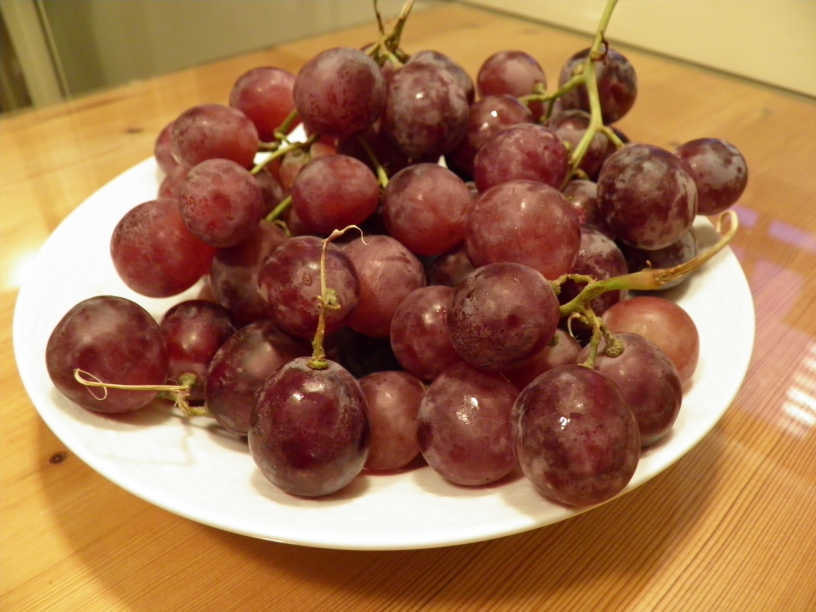
Within a few weeks you will notice your jar building juice out of the stored grapes and bubbles as well. From there the fermenting magic just happens.
The lid should not be tight or else the jar could explode the grapes need to breathe to allow for fermentation.
Making vinegar from grapes. Grape vinegar is made from the juice of fresh pressed grapes. To make your own grape vinegar all you need is juice a food grade container for fermenting and a breathable cloth cover that allows airflow to carry airborne organisms to the surface of your grape juice. From there the fermenting magic just happens.
There is a traditional way of making grape vinegar and there is commercial grape vinegar. The traditional grape vinegar is made for quality using just grapes fruits from the previous harvest and grapefruit must and wooden casks while the commercial grape vinegar is made for quantity with added preservatives. Put the grapes into a glass jar.
Smash them just as little as needed to force some pulp and juice out. The lid should not be tight or else the jar could explode the grapes need to breathe to allow for fermentation. Within a few weeks you will notice your jar building juice out of the stored grapes and bubbles as well.
Yeast interacts with the sugars both added and in the fruit naturally to create alcohol. Then a bacteria force comes into play. The bacteria interact with the alcohol to create acetic acid.
This is when vinegar is created. Use your juicer to juice your grapes until you have 8 cups or 1 2 gallon juice. Step 2 pour the juice into a non metallic bowl and add the vinegar to the bowl.
The vinegar contains the cultures you will need to convert your grape juice into vinegar. I ll take you through each step of the vinegar making process in detail but here are the basic steps. Harvest fully ripe fruit.
Extract fruit juice multiple methods discussed alcoholic fermentation with yeast acetic acid fermentation converting alcohol to vinegar bottling vinegar. Storing homemade fruit vinegar. Harvesting fruit for fruit vinegar.
And grape variety used for true balsamic vinegars are usually lambrusco or trebbiano grapes. But unlike most juice must also contains the skins seeds and stems of the grapes. After the grapes are crushed and juiced they are cooked or boiled until the volume of the must is reduced by a third or a half.
Wine vinegar is a delicious addition to soups marinades and salad dressings. However the store bought versions can be expensive and lack the layered flavors of homemade vinegar. Luckily it s easy and cheap to make your own wine vinegar at home.
Find a starter choose a wine mix everything together and let it ferment for a few months. One method of making vinegar is to use raw fruit scraps such as cores and peels of apples. Instead of apples you may also use peelings and corings of pears peaches grapes and even whole cherries.
Anything you are cutting up to can or preserve some other way can yield much of the raw material for making vinegar. It is however adequate sterilization for making vinegar. Pour in 12 fl oz 350 ml each of wine and water for wine vinegar.
In basic terms vinegar is created by bacteria that turn alcohol ethanol into acetic acid. This process is most effective if the liquid is 5 15 alcohol by volume abv although 9 12 is ideal.
